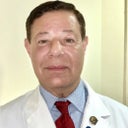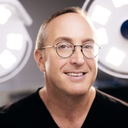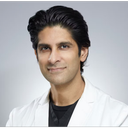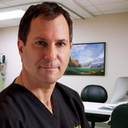I've been trying to do some research on the best way to treat my eye hollows. The problem is, in my case it's really more a facial bone structure thing than under eye "puffiness". I have very thin skin around the eye socket, and it creates a bump there based on how the skin rests against the skull, not on extra lumpy fat. I'm at a loss as to how to treat it, as fillers don't seem the best way to go for various reasons. Maybe a face lift of sorts?
Answers (9)
From board-certified doctors and trusted medical professionals
Dr. Nelson Lee Novick, MD

Dr. Nelson Lee Novick, MD
Dermatologic Surgeon, Board Certified in Dermatology
Answer
Dr. Jeffrey H. Spiegel, MD

Dr. Jeffrey H. Spiegel, MD
Board Certified Facial Plastic Surgeon, Board Certified in Otolaryngology – Head and Neck Surgery
Answer
Dr. Jamil Asaria, MD

Dr. Jamil Asaria, MD
Certified Facial Plastic Surgeon
Answer
Dr. Vincent N. Zubowicz, MD

Dr. Vincent N. Zubowicz, MD
Board Certified Plastic Surgeon
Answer
Dr. Kenneth D. Steinsapir, MD

Dr. Kenneth D. Steinsapir, MD
Oculoplastic Surgeon, Board Certified in Ophthalmology
Answer
Dr. Salvatore Pacella, MD, MBA, FACS

Dr. Salvatore Pacella, MD, MBA, FACS
Board Certified Plastic Surgeon
Answer
Dr. John R. Burroughs, MD
Dr. John R. Burroughs, MD
Oculoplastic Surgeon, Board Certified in Ophthalmology
Answer
Dr. R. Stephen Mulholland, MD (retired)
Dr. R. Stephen Mulholland, MD (retired)
Certified Plastic Surgeon
Answer
More Eyelid Surgery Questions
See all Eyelid Surgery Q&AWE SEND PRETTY
EMAILS
What’s trending? Who’s turning heads? Which TikTok myths need busting? We’ve got you. No fluff, no gatekeeping—just real talk. Get our free, unfiltered newsletter.
